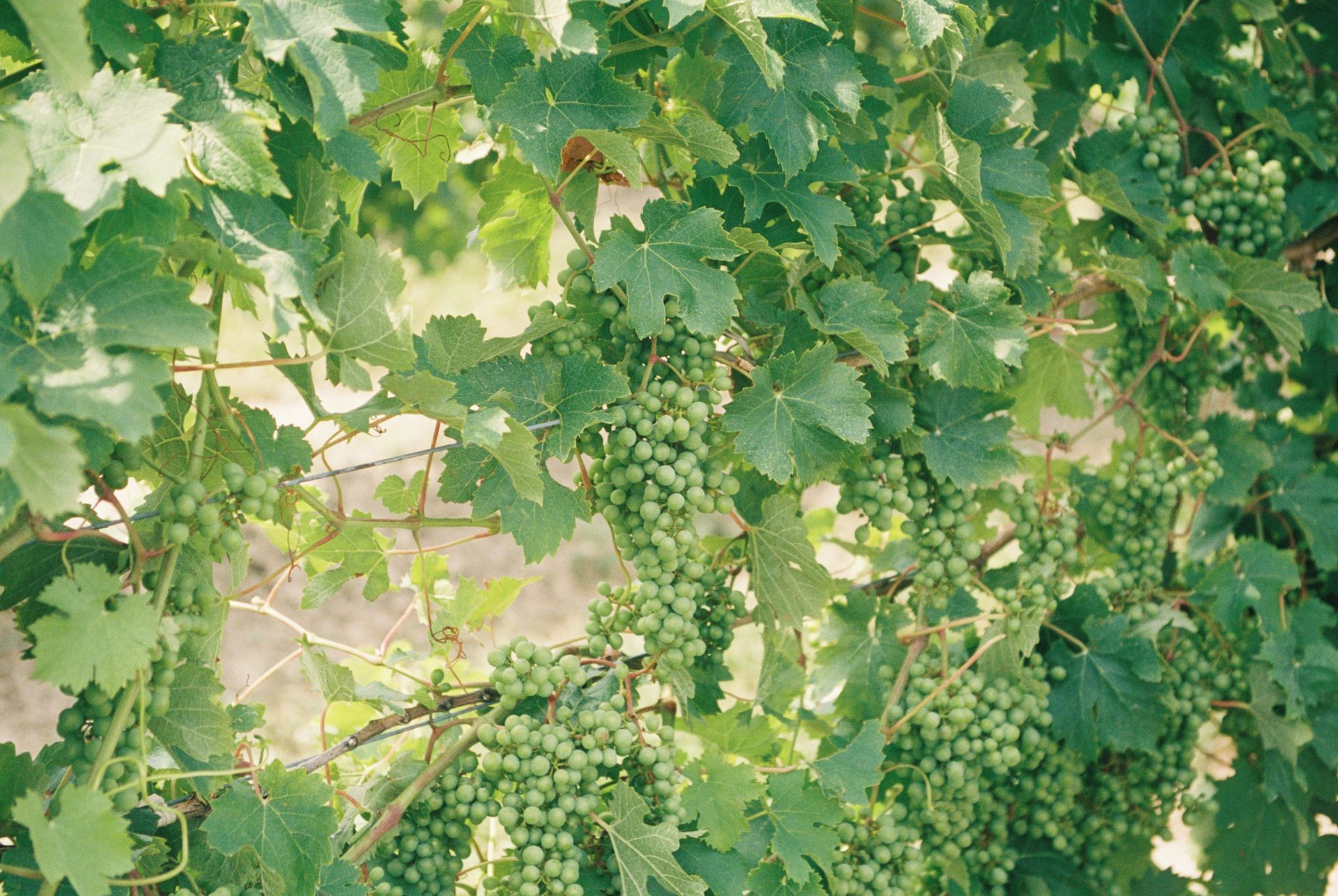The Best Sustainable Ski Resorts for Late-Winter Adventures
The Best Sustainable Ski Resorts for Late-Winter Adventures
Discover eco-conscious ski resorts perfect for late-winter adventures in Europe and North America, where sustainability and winter sports go hand-in-hand.
Introduction to Sustainable Ski Resorts
As winter lingers, ski enthusiasts search for the perfect late-season destination—but with growing awareness of climate change, many are also considering the environmental impact of their trips. Ski resorts, by their very nature, require infrastructure that affects delicate alpine ecosystems, from deforestation to energy-intensive snow production. However, across Europe and North America, many resorts are stepping up their sustainability efforts, aiming to reduce carbon emissions, embrace renewable energy, and protect mountain habitats.
While it’s important to acknowledge that no ski resort is yet fully sustainable, the industry is evolving. Many resorts are adopting eco-certifications, green energy solutions, and conservation projects to make winter sports more environmentally responsible. If you're looking for an eco-conscious ski adventure, these resorts are leading the way in balancing winter fun with environmental responsibility.
What to Look for in a Sustainable Ski Resort
Before booking a ski trip, it’s worth researching resorts that are making real strides toward sustainability. Here are a few key certifications that indicate a resort’s commitment to eco-friendly practices:
- Flocon Vert – This French label recognises resorts making long-term commitments to environmental, economic, and social responsibility.
- B Corp Certification – Awarded to companies meeting high standards of social and environmental performance, accountability, and transparency. Resorts like Taos Ski Valley and Les Arcs proudly hold this certification.
- NSAA Sustainable Slopes – A North American initiative that guides ski resorts towards better energy, water, and habitat stewardship, and climate action leadership.
These certifications are excellent indicators that a resort’s sustainability policies are more than just marketing.
Top Eco-Friendly Ski Resorts in Europe
Les Arcs / Peisey-Vallandry, France
Les Arcs, part of the Paradiski area, became Europe’s first B Corp™-certified ski resort, a distinction awarded to businesses meeting high environmental and social responsibility standards. The resort is committed to wetland restoration, tree planting, and providing car-free access via its funicular railway.
Zermatt, Switzerland
This car-free resort is a model of sustainability. Zermatt operates on a renewable energy mix, with solar-powered lift stations and electric taxis reducing carbon emissions. The resort also integrates efficient insulation and wastewater recycling systems to minimise its environmental footprint.
Pejo 3000, Val di Sole, Italy
Located in Trentino’s Stelvio National Park, whilst small, Pejo made big strides in becoming the first ski resort to ban single-use plastics, leading the way in waste reduction. By implementing conservation programs and protecting local wildlife, Pejo is setting an example for ski resorts worldwide.
Laax, Switzerland
Renowned for its ambitious Greenstyle strategy, Laax is working towards becoming energy self-sufficient. Hydroelectric power, solar installations, and a resort-run biomass plant help cut emissions. They also invest in reforestation projects and promote public transport access to the slopes.
Val Cenis, France
Nestled in the Haute Maurienne, Val Cenis has also earned Flocon Vert certification and invests heavily in eco-design, sustainable snowmaking, and habitat protection. It’s ideal for skiers looking for a quieter, more nature-oriented alpine escape.
Top Eco-Friendly Ski Resorts in North America
Taos Ski Valley, New Mexico, USA
Taos is the world’s first Certified B Corporation ski resort, recognised for its high standards in environmental responsibility. The resort has achieved CarbonNeutral® status, aiming for full net-zero emissions by 2030.
Whistler Blackcomb, Canada
One of North America’s largest ski areas, Whistler Blackcomb is investing in sustainability through hydroelectric power generation, habitat conservation, and energy efficiency measures. The resort’s ambitious climate action plan sets a benchmark for ski resorts worldwide.
Aspen Snowmass, Colorado, USA
Aspen Snowmass is a leader in climate advocacy, investing in renewable energy, sustainable construction, and carbon offset programs. Its sustainability initiatives go beyond the resort, influencing broader policy changes in the industry.
Understanding Skiing’s Carbon Footprint
Even at the most eco-conscious resorts, skiing leaves an environmental mark. Understanding where emissions come from can help travellers make smarter choices:
- Transport: By far the biggest contributor, accounting for 50–75% of a ski trip’s emissions. Flying to ski resorts generates the highest emissions, while travelling by train can cut CO₂ output by more than half.
- Piste Grooming (5-10%) – Diesel-powered grooming machines contribute to emissions, though more resorts are switching to hybrid or electric alternatives.
- Snow Cannons (10 -15%) – Artificial snow requires vast amounts of water and energy, particularly as global warming increases reliance on snow cannons.
- Ski Lifts: Surprisingly efficient in comparison, accounting for just 2–5%, especially where powered by renewable electricity.
Winter Activities Beyond Skiing
Sustainability-conscious resorts offer more than just skiing, providing eco-friendly activities that allow visitors to experience winter landscapes with a lighter impact:
- Snowshoeing – A peaceful, non-invasive way to explore nature without relying on ski lifts or snow cannons.
- Cross-Country Skiing – Requires no artificial snow and uses minimal infrastructure, making it one of the greenest ways to enjoy winter sports.
- Wildlife Watching & Nature Walks – Many sustainable resorts offer guided tours to educate visitors on local flora and fauna conservation efforts.
- Eco-Friendly Wellness Retreats – Resorts like Zermatt and Aspen Snowmass provide sustainable spa experiences, using natural spring water, organic products, and renewable energy.
Planning a Green Ski Trip
Even at the most eco-friendly resorts, individual choices play a crucial role in reducing environmental impact. Here’s how you can ski more sustainably:
1. Choose Sustainable Travel Options
Train travel emits far less CO₂ than flying, making it the best option for reaching Alpine destinations. If flying is unavoidable, consider direct flights (which use less fuel per kilometre than connecting flights) and carbon offset programs.
2. Stay in Eco-Friendly Accommodation
Look for hotels and lodges that use renewable energy, promote water conservation, and follow sustainable waste practices. Many resorts now offer low-energy chalets, green hotels, and B Corp-certified stays.
3. Rent or Buy Second-Hand Gear
The production of ski equipment has an environmental impact, so renting gear or buying second-hand is a greener alternative. Many brands now offer recycled or sustainably sourced ski clothing.
4. Support Local & Sustainable Businesses
Choosing locally sourced food and eco-conscious tour providers supports the local economy while minimising your environmental impact. Some ski resorts now offer farm-to-table dining experiences and zero-waste restaurants.
5. Reduce Energy & Water Use
Simple actions—turning off lights and heaters in hotel rooms, taking shorter showers, and avoiding single-use plastics—help cut down on unnecessary energy and water waste.
6. Offset your carbon footprint thoughtfully, through verified programmes focusing on reforestation or renewable energy.
The Future of Sustainable Skiing
There is no perfect solution when it comes to skiing and sustainability. But As skiers and snowboarders we have the power to support resorts that take genuine, measurable action, travelling by lower-impact means, and making conscious decisions on the ground, we can help encourage and accelerate change in the industry. Late-winter adventures can still be filled with fresh powder and mountain magic — all while treading a little more lightly on the planet.











